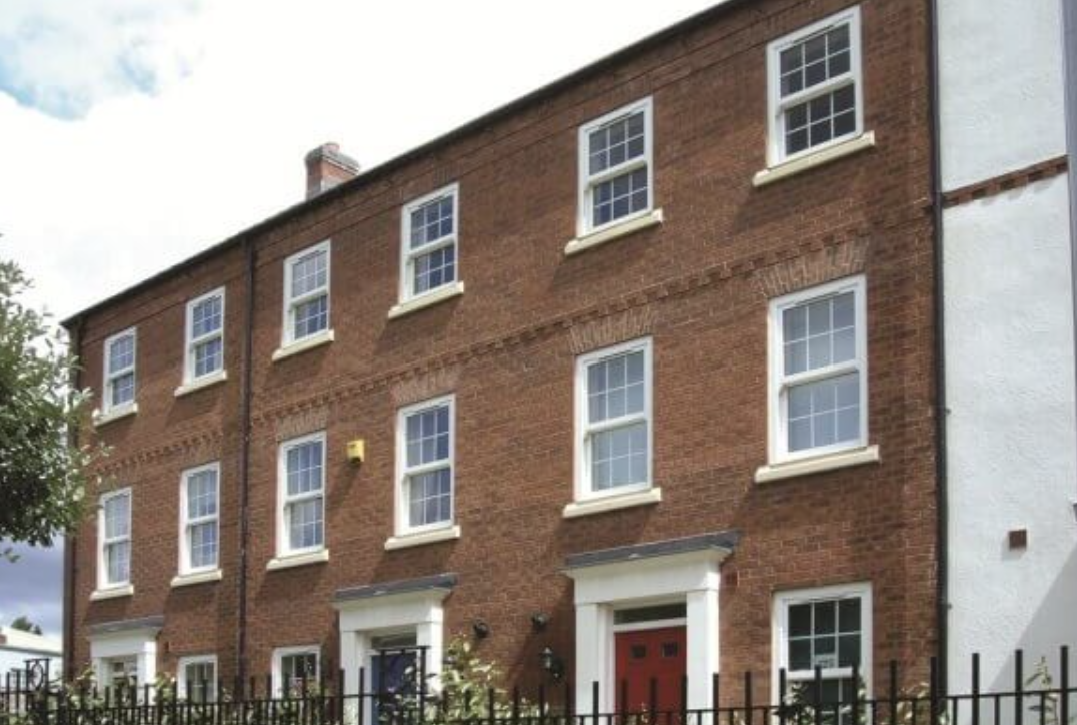Face brick walls, used on the exterior surfaces of buildings, are known for their aesthetic appeal and functional benefits.
These bricks, crafted for visibility, offer more than just durability—they also enhance energy efficiency, require minimal maintenance, and provide design flexibility.
Quick Answer: Why Choose Face Brick Walls?
Face brick walls stand out for their durability, low maintenance needs, energy efficiency, and timeless appearance.
Unlike other materials, they require little upkeep, resist environmental wear, and can enhance both property value and aesthetic appeal. Below, we dive into the top benefits of using face brick walls.
The Key Advantages of Face Brick Walls
-
Durability and Strength
- Face bricks are crafted from high-quality materials, designed to endure extreme weather and environmental conditions without degrading. They are highly resistant to cracking, warping, and fading.
- This strength and longevity make face bricks an excellent choice for UK climates, where resistance to rain, frost, and temperature fluctuations is essential.
-
Low Maintenance
- Face brick walls require little maintenance compared to other materials, such as painted or rendered walls, which may need frequent touch-ups or recoating.
- To learn more about maintenance requirements, check out our article on how much maintenance facing brickwork needs.
-
Energy Efficiency
- Face bricks have excellent thermal insulation properties, which help regulate indoor temperatures. This can reduce heating and cooling costs, making brick walls an energy-efficient choice.
- Brick’s natural thermal mass absorbs heat during the day and releases it at night, creating a stable indoor climate—a valuable feature for reducing energy consumption.
-
Aesthetic Appeal and Design Flexibility
- Available in a range of colours, textures, and finishes, face bricks provide design flexibility to suit any architectural style, whether traditional or contemporary.
- For design inspiration, explore our guide on brick outbuilding ideas for creative ways to incorporate face bricks.
-
Fire Resistance
- Face bricks, made from non-combustible materials, are highly fire-resistant. This adds an extra layer of safety, particularly important in residential and commercial properties.
- Unlike wood or plastic sidings, brick does not burn or melt, making it a secure choice for walls and structures.
-
Environmental Sustainability
- Face bricks are made from natural materials, like clay and shale, and can often be reclaimed and reused, which reduces waste. Furthermore, bricks have a longer lifespan compared to other materials, leading to fewer replacements and less environmental impact.
- Face bricks are made from natural materials, like clay and shale, and can often be reclaimed and reused, which reduces waste. Furthermore, bricks have a longer lifespan compared to other materials, leading to fewer replacements and less environmental impact.
-
Weather and Sound Insulation
- Face brick walls provide excellent sound insulation, reducing noise from outside, which is particularly beneficial in urban areas.
- Additionally, brick’s density helps protect against extreme weather, maintaining its structural integrity and appearance even in harsh conditions.
Understanding the Different Types of Bricks
There are several types of bricks, each serving different purposes. While facing bricks are used for visible walls, engineering bricks are designed for structural applications. They are less porous, offering high compressive strength, which makes them suitable for foundations and areas exposed to high water levels. Understanding these differences can help in selecting the right brick for your project.
Common Questions About Face Brick Walls
1. How Much Maintenance Do Face Brick Walls Require?
Face brick walls are generally low-maintenance, especially compared to materials that need regular repainting. Occasional cleaning is usually enough to keep them looking their best. For specific maintenance tips, visit our guide on facing brickwork maintenance.
2. What Are Standard UK Brick Sizes?
The UK has standard brick sizes, which can influence your wall’s appearance and structural requirements. Learn more about brick dimensions in our article on standard UK brick sizes.
3. Is Repointing Required for Face Brick Walls?
Over time, mortar between bricks can wear down. Repointing helps maintain the wall’s strength and weather resistance. For guidance on the best mortar mix, see our repointing brick mortar mix guide.
4. How Many Bricks Can You Lay in an Hour?
If you’re planning a DIY project, knowing the average brick-laying rate can help estimate the time required. Check out our article on bricklaying productivity for further insights.
5. Where Can I Find High-Quality Face Bricks?
For a reliable supply of face bricks, browse our face bricks collection and discover options that offer both durability and style.
Why Face Brick Walls Are a Timeless Choice
Face brick walls combine strength, aesthetics, and functionality, making them an ideal choice for both residential and commercial properties.
Their timeless appeal, minimal maintenance requirements, and environmental benefits make them an investment that enhances both property value and comfort.
For more on selecting and working with bricks, visit our comprehensive guide on everything you need to know about bricks and blocks.

